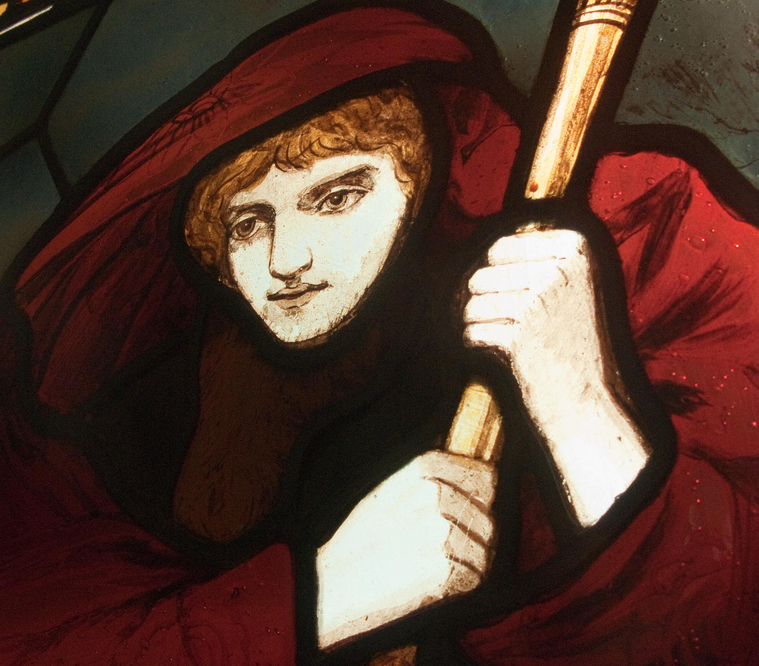Valuing Stained Glass for Insurance Purposes
We are often asked to provide window valuations for insurance purposes. There are several reasons why a client may want a valuation, but most often the impetus to contact us is prompted by a change in circumstances - a window may have been damaged, or is to be removed for restoration work or temporary storage. Often a client may simply want to insure a window because they are having work done on their property.
The insured price of a window takes no account of the value an existing stained glass window adds to the property. It also goes without saying that while sentimental value may be very important to the client, it is impossible to put a figure on, and is ignored by insurance firms anyhow.
These issues aside, the variables that affect the financial value of a window, can be divided into two broad areas.
1. Intrinsic factors
Consider these as the physical components of the window itself. Since one of the most common ways to price a new window is by size, the scale of the panel has to be considered in a valuation. Other features, such as complexity of design and availability of replacement glass, the condition and quality of painted work and the ease/difficulty of removal and reinstallation all need to be taken into consideration. The intrinsic value of the window can be generally considered to be the cost of replacing the window, like for like.
2. Extrinsic factors
The provenance, history and setting of the window are equally important. Sadly, the most significant factor determine the value of a window is not the window design, but who designed it. If a panel has been designed or made by a famous studio, or has a historic significance (such as having been previously located somewhere of historical interest) then this adds significantly to the value of a panel. In general, these factors are harder to put precise figures on than the purely physical characteristics of the panel.
Valuing windows
in the case of domestic glass, a valuation is relatively simple - we value the window at a cost to replace like for like taking into account the intrinsic factors listed above. These windows were generally mass-produced, and installed for their utilitarian beauty, rather than as a piece of art.
As an aside, one issue we have in this part of the world is that there are only a few stained glass firms in this area, and so it is difficult for clients to get three quotes for insurance and/or repairs. In several recent jobs, insurance companies have allowed the client to proceed with repair work based on the provision of two quotes (or even just one), an approach which benefits everyone involved.
For more complex projects, where extrinsic factors tend to play a part, we will often call in additional help, including other stained glass artists, architects or conservators. As an example, heres how we worked out an insurance valuation for a set of windows we worked on recently.
Cottier Project
We were asked by David Chouman Architects to provide an estimate for the removal and restoration of 4 windows in a property in Aberdeen, about to undergo extensive repair work to the existing timber window frames. Our initial visit indicated the panels were probably by the Glasgow-based artist Daniel Cottier and so our first step was to confirm provenance. Fortunately, Alison Robertson at the Scottish Stained Glass Trust was able to forward the images to Rona Moody, who pointed us at a window in the Metropolitan Museum of New York by Cottier almost identical to the one in Aberdeen.
Because the window was by a known artist a valuation by an auction house would be feasible. Companies like Lyon & Turnbull or any of the bigger valuers and auctioneers will often be able to provide an estimate for a historically significant window.
Max Donnelly, conservator at the V&A with an interest in stained glass, however, suggested that because auction prices were variable, a better way was to price to make as new, then add the same amount again to take into account the window's artistic and historical significance/value. In the end, this is what we did. We calculated a price to remake the windows, and added that value to account for the history and artist responsible.

